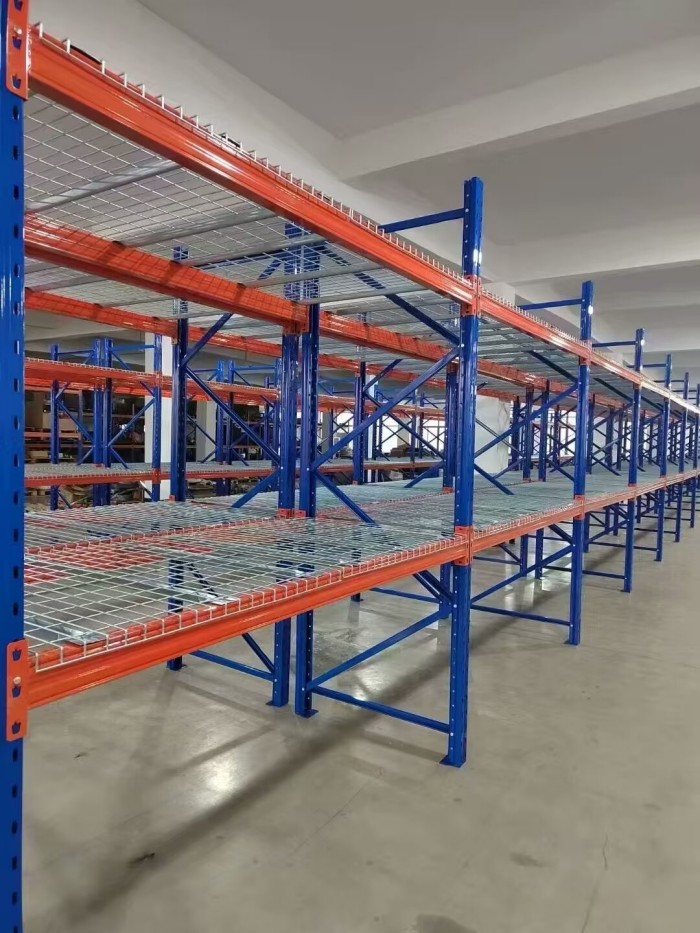Unveiling the Acoustic Marvel: Discovering the Ultimate Sound-Reflecting Material
In the realm of acoustics, understanding the properties of materials that reflect sound is crucial for various industries. Whether it's designing concert halls, recording studios, or even soundproofing a room, the choice of the right material can significantly impact the quality and clarity of sound. In this blog post, we delve into the depths of sound reflection and explore the material that reigns supreme in this domain.
- The Science Behind Sound Reflection:
To comprehend the concept of sound reflection, we must first grasp the basics of how sound waves interact with different materials. When sound encounters a surface, it can be absorbed, transmitted, or reflected. The degree of reflection depends on the material's density, elasticity, and surface texture. - The Quest for the Perfect Sound-Reflecting Material:
Scientists and engineers have long sought the ideal material that reflects sound with utmost efficiency. While no material can achieve 100% reflection, some substances come remarkably close. Let's explore the top contenders: a. Concrete: Renowned for its excellent sound reflection properties, concrete is a popular choice in architectural acoustics. Its dense composition and smooth surfaces allow for efficient sound reflection, making it suitable for concert halls and auditoriums. b. Metal: Metals, such as aluminum and steel, possess exceptional sound-reflecting capabilities. Their high density and smooth surfaces enable efficient sound wave reflection, making them ideal for constructing sound barriers and noise control systems. c. Glass: Although primarily known for its transparency, glass also exhibits remarkable sound reflection properties. Its smooth surface and dense composition contribute to effective sound wave reflection, making it a valuable material in recording studios and concert venues. - The Role of Acoustic Panels and Diffusers:
In addition to solid materials, specialized acoustic panels and diffusers play a pivotal role in sound reflection. These engineered products are designed to scatter sound waves in specific directions, enhancing the overall acoustic experience. They are commonly used in theaters, music studios, and public spaces to optimize sound reflection and minimize unwanted echoes. - Innovations in Sound-Reflecting Materials:
As technology advances, researchers continue to explore novel materials with superior sound reflection properties. Some promising developments include: a. Porous Absorbers: These materials, often made of foam or mineral wool, absorb sound waves while still reflecting a portion of them. They offer a balance between absorption and reflection, making them suitable for environments requiring controlled acoustics, such as recording studios. b. Metamaterials: These artificially engineered materials possess unique properties not found in nature. Scientists are actively investigating metamaterials that can manipulate sound waves, enabling precise control over reflection and transmission. Although still in the experimental stage, they hold immense potential for revolutionizing acoustics.
Conclusion:
In the pursuit of the ultimate sound-reflecting material, concrete, metal, and glass emerge as the frontrunners, each offering distinct advantages in various applications. Additionally, the use of acoustic panels and diffusers further enhances sound reflection in specialized environments. As research progresses, the emergence of porous absorbers and metamaterials promises exciting possibilities for the future of acoustics. By understanding the intricacies of sound reflection and harnessing the potential of these materials, we can create immersive auditory experiences and shape the acoustics of our surroundings.




